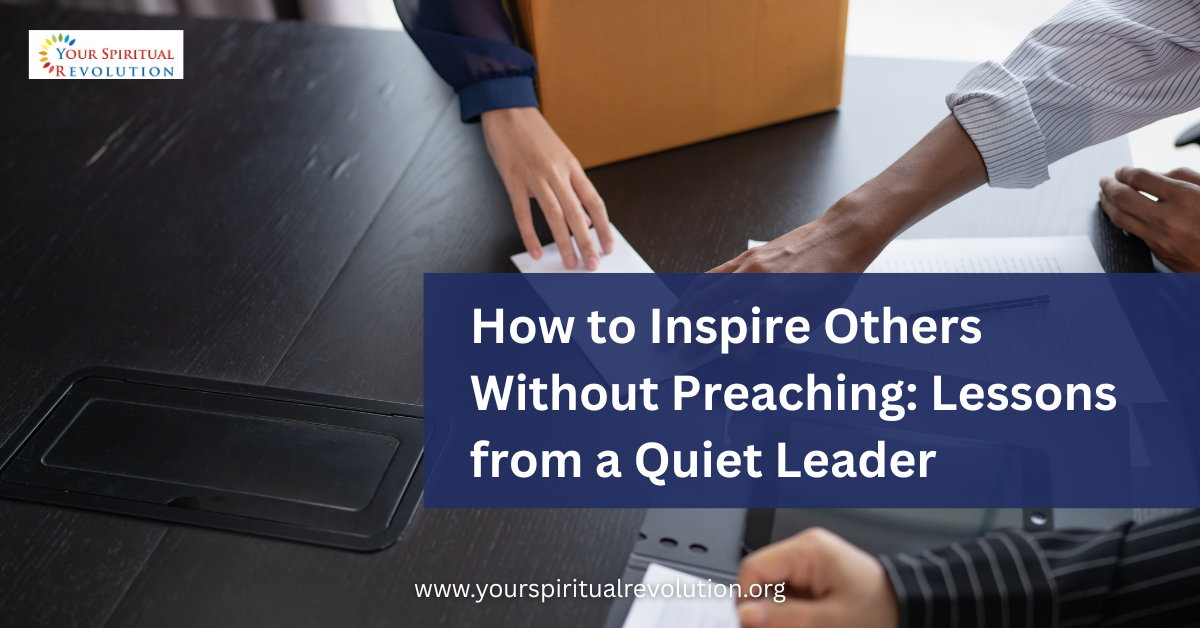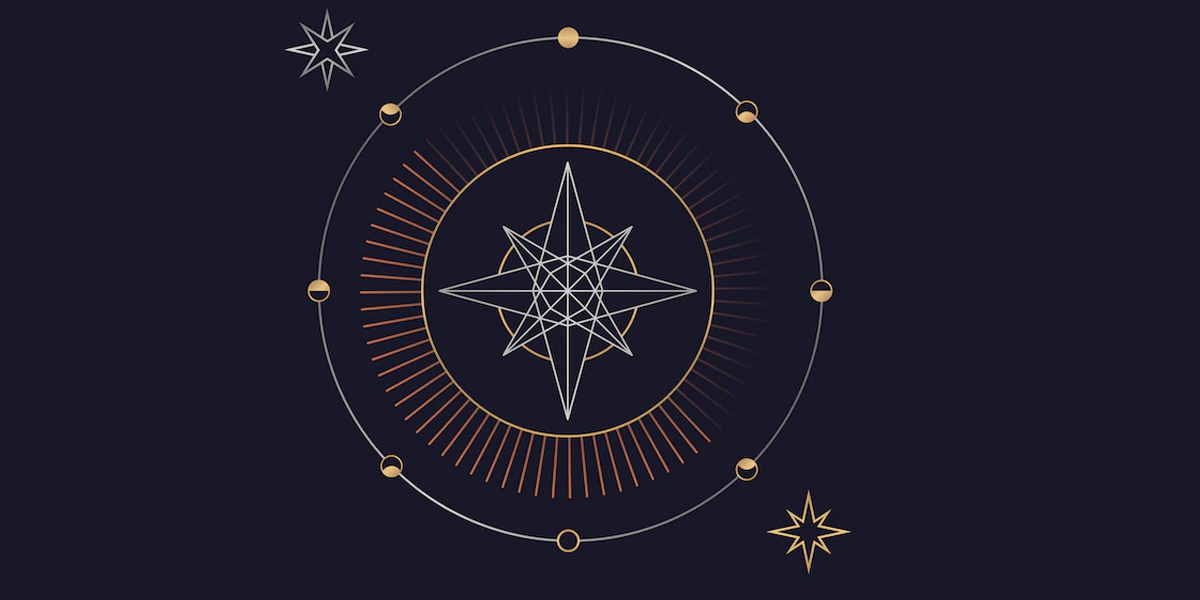

Meditation is a profound practice that cultivates awareness and emotional stability in a chaotic world. By engaging in techniques that train attention, individuals can foster mental clarity and a sense of tranquility. This article delves into various meditation techniques, their historical context, and the myriad benefits they offer for mental and physical well-being.
Understanding Meditation and Its Historical Roots
Meditation, with its profound and intricate history, serves as a bridge to understanding the human experience. The practice of meditation is not merely a contemporary trend for stress relief; it is deeply rooted in the spiritual and cultural traditions of humanity. The origins of meditation can be traced back thousands of years, primarily within the philosophies and practices of ancient civilizations such as those found in Hinduism, Buddhism, and Jainism.
In Hinduism, the seeds of meditation were sown in the Vedic texts around 1500 BCE. These texts spoke of *Dhyana*, a meditative practice aimed at realizing the ultimate truth of existence and achieving communion with the divine. The early Upanishads, which are part of this sacred literature, elucidate techniques for inward reflection and a focus on the breath as a means to attain self-realization. As centuries progressed, meditation became interwoven with various yogic paths, notably in the Patanjali Yoga Sutras, where it is delineated as one of the key limbs of yoga—a system designed for holistic growth encompassing body, mind, and spirit.
Buddhism emerged in the 5th to 4th centuries BCE off the philosophical framework laid by Hinduism but with a distinct approach to meditation. The Buddha, Siddhartha Gautama, emphasized the practice of *Samatha* (tranquility) and *Vipassana* (insight) meditation. His teachings provided individuals with tools to witness the transient nature of thoughts and emotions, fostering insight into the nature of suffering and the path to enlightenment. The Four Noble Truths and the Eightfold Path, foundational elements of Buddhist philosophy, underscore the necessity of meditation for personal transformation, illustrating its role in understanding and overcoming suffering.
Jainism, another ancient Indian spiritual tradition, also integrates meditation as a core practice. Jain meditation aims to foster spiritual purity and liberation by quieting the mind and transcending worldly distractions. The practice involves intense focus on the self, promoting a profound inner peace that aligns with the Jain philosophy of non-violence and truth. Jain meditation techniques include *Anupreksha* (contemplation) on the impermanence of life and *Kaivalya* (isolation), guiding the practitioner towards self-realization and liberation from the cycle of birth and rebirth.
As these traditions spread, they morphed and adapted under varying cultural influences, leading to the rich tapestry of meditation practices we see today. In China, for example, Taoist practices intermingled with Buddhist meditation, leading to unique forms like Zhuangzi’s “sitting and forgetting,” which emphasizes becoming one with nature and the universe. Similarly, Zen Buddhism, which flourished in Japan, distilled meditation into practices like Zazen (sitting meditation) that focus on mindfulness, simplicity, and the direct experience of being.
In the West, meditation remained relatively obscure until the 20th century, when figures like Maharishi Mahesh Yogi popularized it through Transcendental Meditation (TM), emphasizing mantra repetition as a focal point of practice. This era marked a significant transition where meditation began to be viewed through a secular lens. Its intrinsic benefits for mental health began to resonate with a broader audience, prompting scientists and psychologists to explore its therapeutic potential.
Today, meditation is embraced beyond its original spiritual contexts, heralded as a boon for mental and emotional well-being. Studies have demonstrated its efficacy in reducing stress, anxiety, and depression, while promoting overall cognitive function and emotional regulation. Techniques such as mindfulness meditation encourage practitioners to cultivate awareness in the present moment without judgment, proving particularly useful in clinical settings as a complementary therapeutic tool.
Furthermore, the rise of digital platforms and applications has facilitated widespread access to meditation resources, making it an integral part of modern wellness culture. Programs that once required a dedicated retreat or lifelong devotion can now be practiced in the comfort of one’s own home, catering to the busy lives of contemporary individuals.
As meditation continues to evolve, it retains its spirit of self-exploration and inner peace. The ancient practices, once confined to sacred texts and monasteries, have emerged as vital components in the quest for mental and emotional equilibrium in a fast-paced world. Engaging with meditation opens pathways not just for personal growth but also for fostering compassion and awareness in our interconnected global community. Through understanding its historical depths and adaptable nature, we can appreciate meditation as a transformative practice that resonates with both our spiritual heritage and our modern existence, guiding us towards a more peaceful mind and fulfilling life.
Conclusions
In conclusion, meditation serves as a powerful tool for personal transformation and mindfulness. By integrating various techniques into daily routines, individuals can experience reduced stress, enhanced well-being, and a deeper connection to themselves. Embracing meditation not only enriches one’s life but also promotes a more peaceful existence in today’s fast-paced world.



































































When I first started my spiritual journey, I never imagined that something as mundane as

What does this mean? I’ve always believed that our homes are reflections of who we

In today’s fast-paced and hyper-connected professional world, companies are beginning to understand a simple yet

Why Quiet Leaders Matter Loud voices often get the spotlight. But quiet leaders create lasting

Scent has always held power far beyond the physical. It can shift moods, calm the
| Cookie | Duration | Description |
|---|---|---|
| cookielawinfo-checkbox-analytics | 11 months | This cookie is set by GDPR Cookie Consent plugin. The cookie is used to store the user consent for the cookies in the category "Analytics". |
| cookielawinfo-checkbox-functional | 11 months | The cookie is set by GDPR cookie consent to record the user consent for the cookies in the category "Functional". |
| cookielawinfo-checkbox-necessary | 11 months | This cookie is set by GDPR Cookie Consent plugin. The cookies is used to store the user consent for the cookies in the category "Necessary". |
| cookielawinfo-checkbox-others | 11 months | This cookie is set by GDPR Cookie Consent plugin. The cookie is used to store the user consent for the cookies in the category "Other. |
| cookielawinfo-checkbox-performance | 11 months | This cookie is set by GDPR Cookie Consent plugin. The cookie is used to store the user consent for the cookies in the category "Performance". |
| viewed_cookie_policy | 11 months | The cookie is set by the GDPR Cookie Consent plugin and is used to store whether or not user has consented to the use of cookies. It does not store any personal data. |